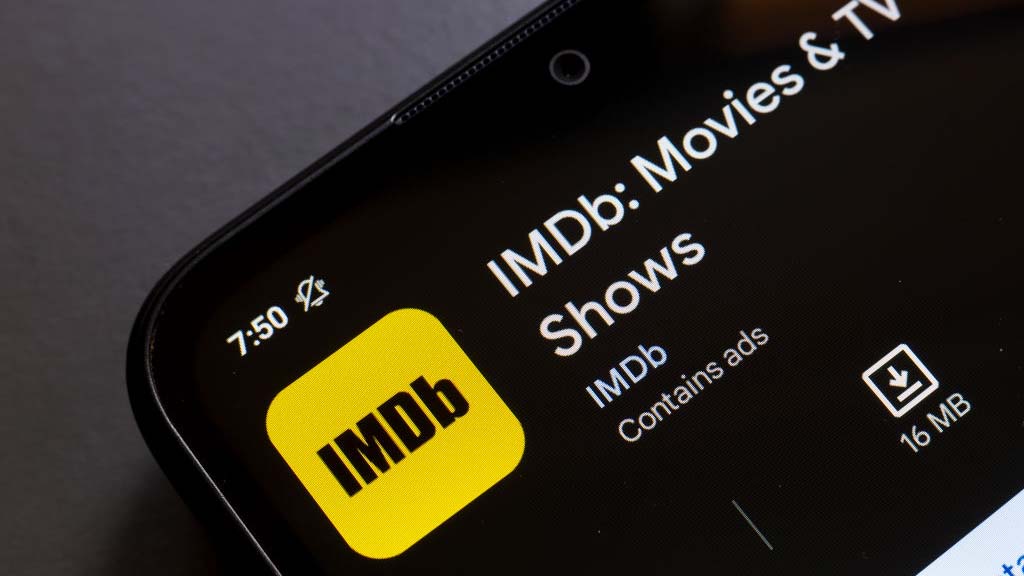FCC Adopts R&O To Make Closed Captioning Settings Easy To Access
The new requirement will make it simpler to get to the settings controlling how captions appear

WASHINGTON, D.C.—Watching television for those with hearing-impairments will become a bit easier following adoption July 18 of a Federal Communications Commission Report & Order that gives viewers greater control over the display of closed captions.
The R&O, the third by the agency to make television more accessible to those with disabilities, puts in place a “readily accessible” requirement for the display of closed captions that makes it simpler for viewers to access the settings of many covered devices to adjust the font, size, color and other features of the captions.
Besides televisions and set top boxes, covered devices include any device manufactured or used in the United States that is designed to receive or play back video transmitted with sound.
While closed captions help all viewers in certain circumstances, such as when actors have accents, they are “vital for the 48 million Americans who are deaf and hard-of-hearing,” said FCC Chairwoman Jessica Rosenworcel in a statement released following the vote to adopt the R&O.
Noting that despite previous commission steps supporting closed captioning, many people have had difficulty finding and using them.
“Today, we correct hat by adopting updated standards for closed captioning regarding proximity, discoverability, previewability, and consistency and persistence,” she said. Manufacturers of covered devices and Multichannel Video Programming Distributors (MVPDs) will be responsible for complying with the rule.
“I’m pleased that today we adopt the details necessary to make our closed captioning display rules fully effective,” said FCC Commissioner Geoffrey Starks, in a statement. “Device manufacturers and MVPDs must ensure that closed captioning display settings are readily accessible.”
The professional video industry's #1 source for news, trends and product and tech information. Sign up below.
While lauding the R&O, FCC Commissioner Anna Gomez said accessibility requirements may need to evolve as new technologies become available to the public. “It will be our job to continue to look at the technology as it evolves to ensure that accessibility continues to meet the statutory requirement and take action if it falls short,” she said.
Stark acknowledged several groups, including the NCTA, the National Association for the Deaf, TDIforAccess, Communications Service for the Deaf, and Hearing Loss Association of America, for their effort their rapid accessibility proposal from with the agency drew for the R&O.
More information is available on the FCC website.
Phil Kurz is a contributing editor to TV Tech. He has written about TV and video technology for more than 30 years and served as editor of three leading industry magazines. He earned a Bachelor of Journalism and a Master’s Degree in Journalism from the University of Missouri-Columbia School of Journalism.

